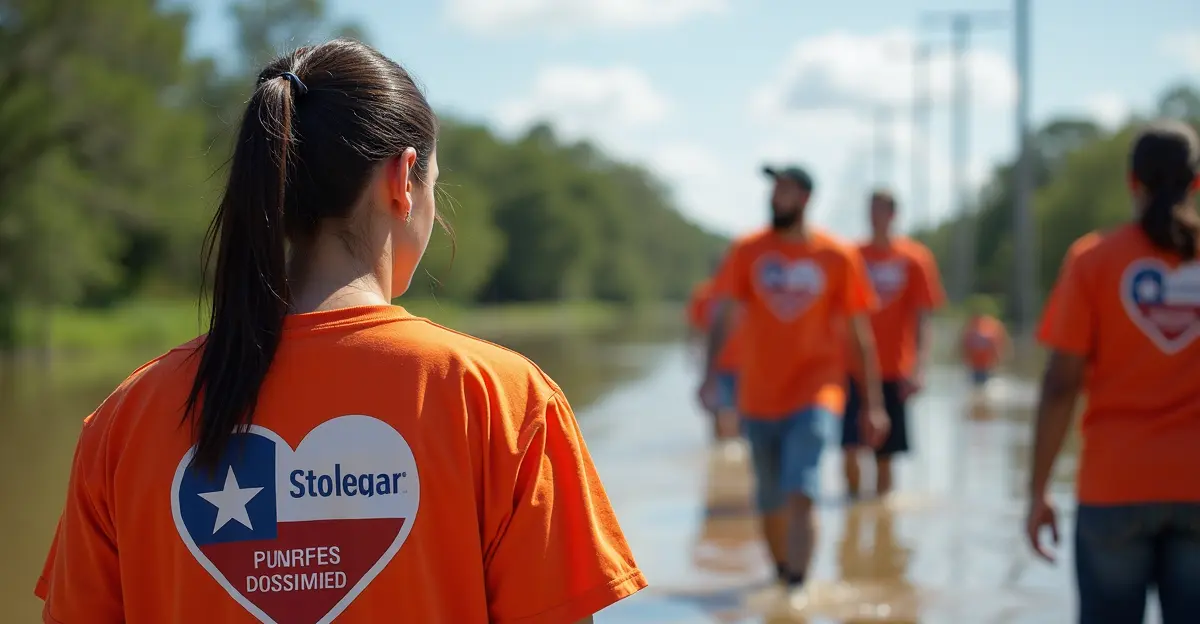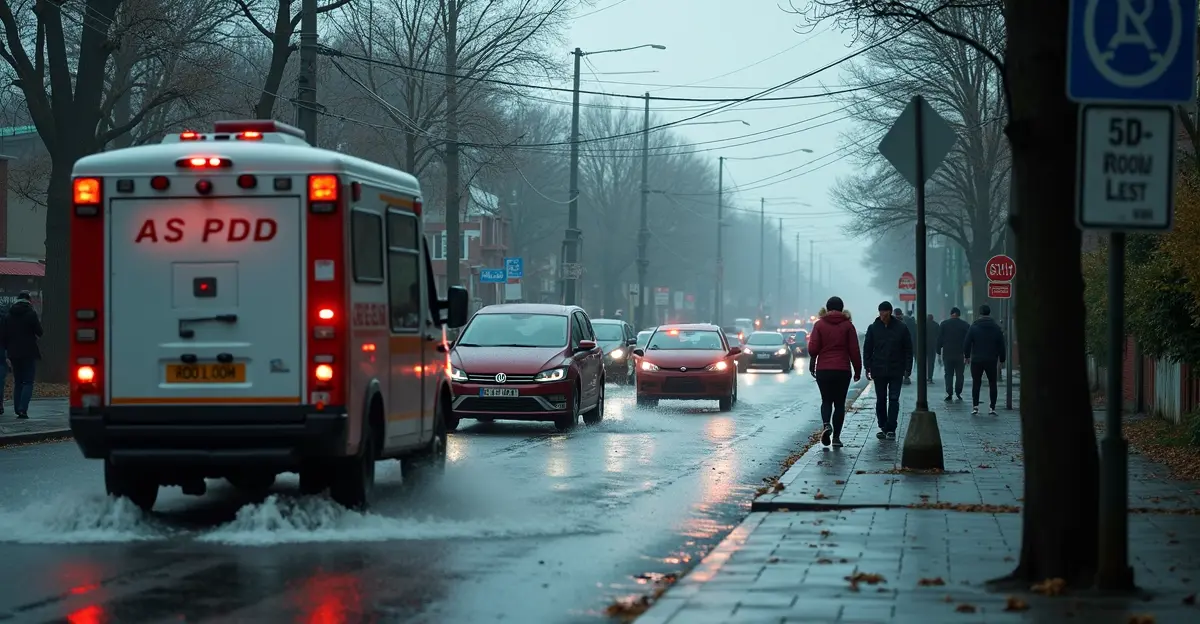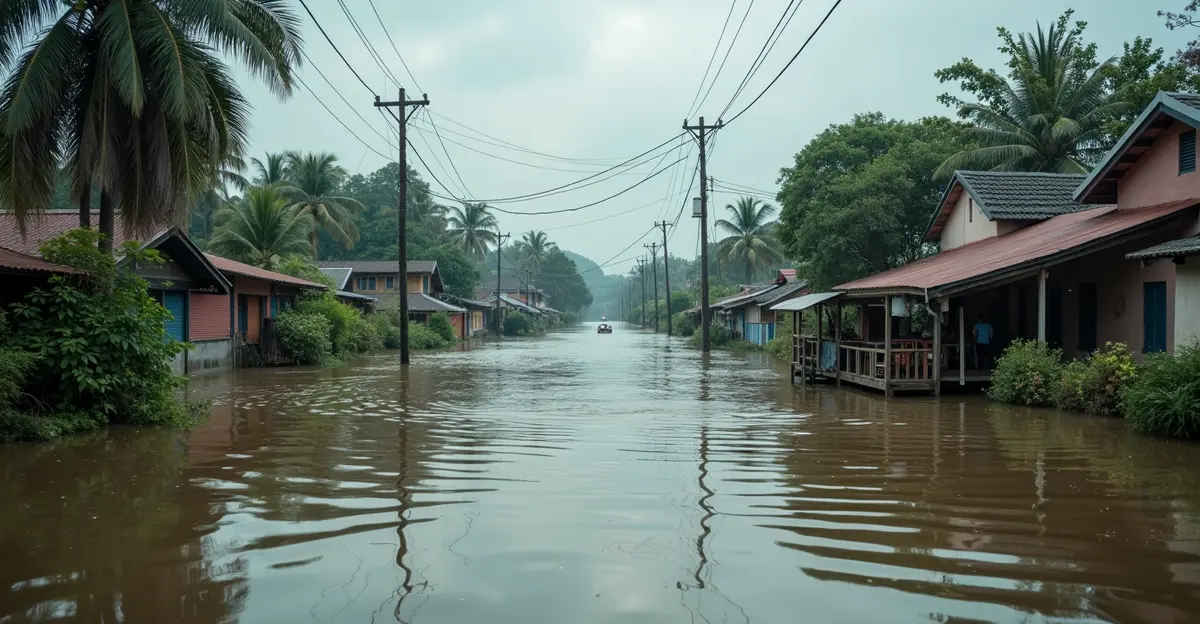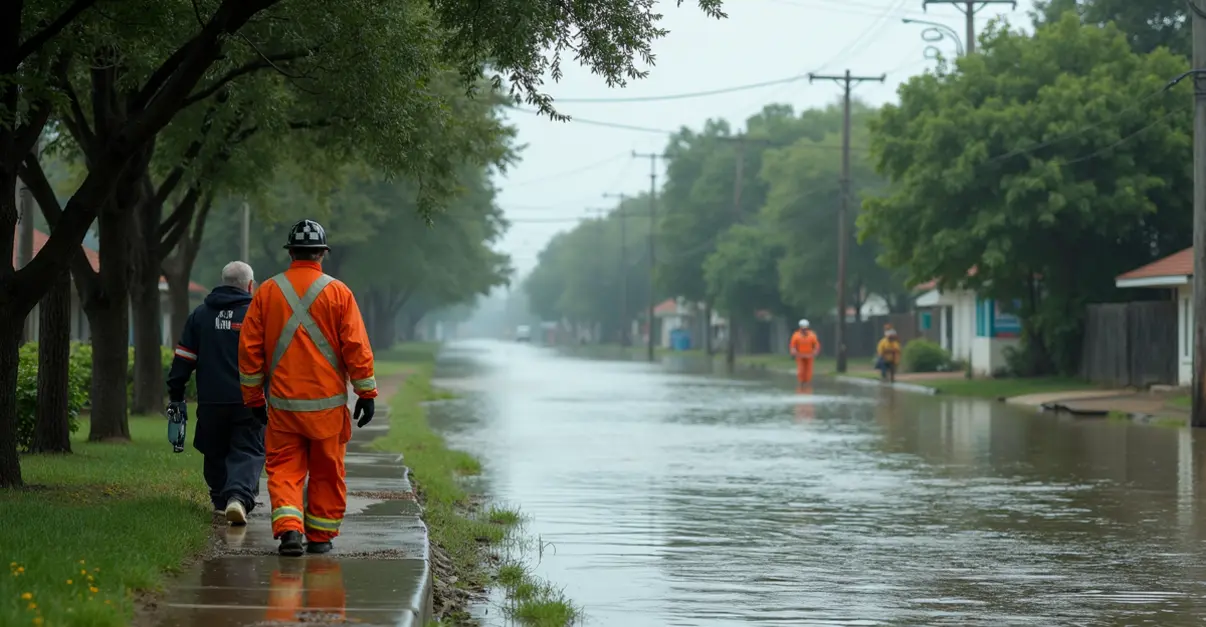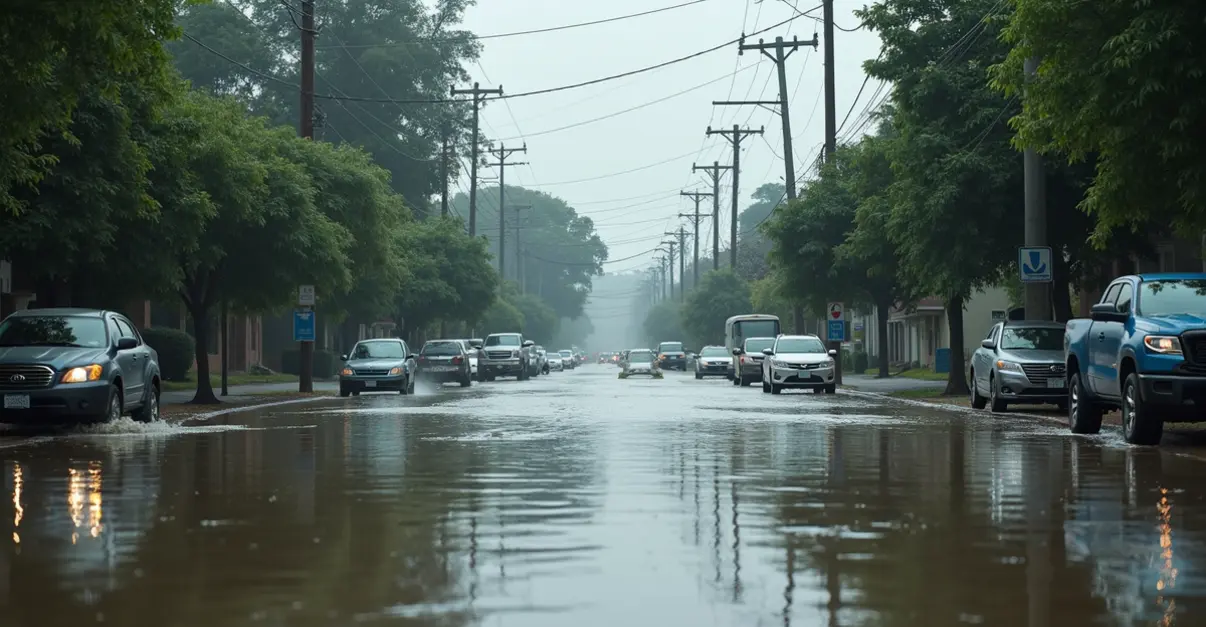Advanced flood early warning systems combine IoT sensors, AI forecasting, and community engagement to provide life-saving alerts and evacuation planning, revolutionizing disaster response worldwide.
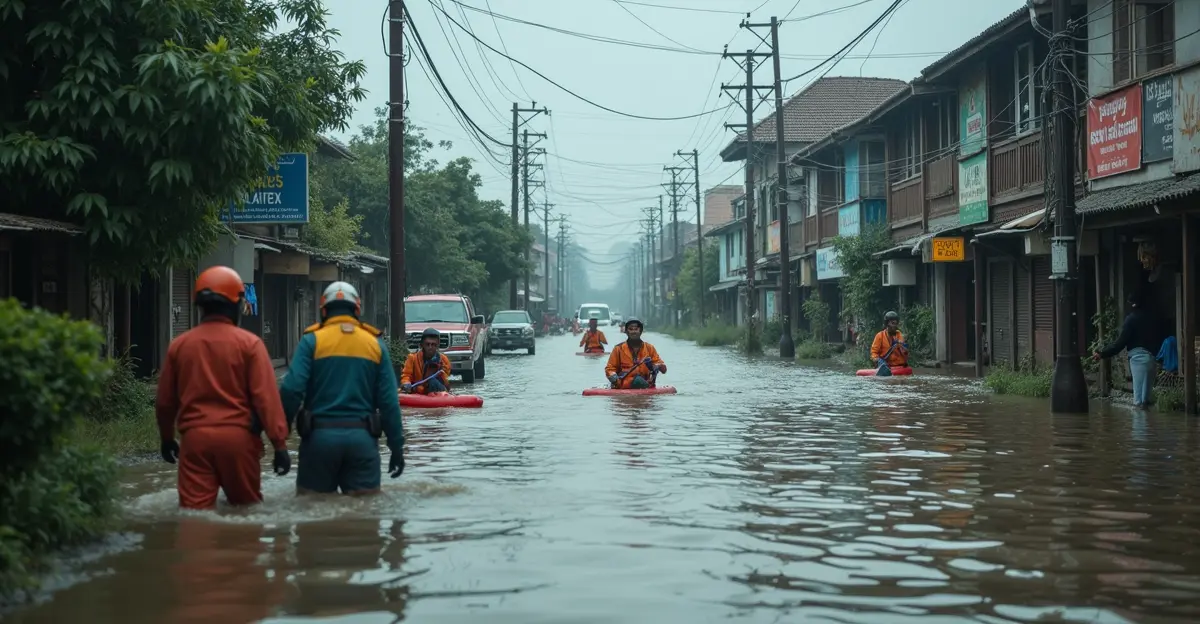
Revolutionizing Flood Protection with Advanced Technology
In an era of increasingly severe weather events, flood early warning systems are undergoing a technological revolution that's saving lives and protecting communities worldwide. These systems now integrate sophisticated sensor networks, artificial intelligence, and community engagement to provide unprecedented levels of protection against devastating floods.
The Power of IoT Sensor Networks
Modern flood monitoring relies on interconnected Internet of Things (IoT) devices that create comprehensive environmental surveillance networks. These systems deploy ultrasonic sensors, rainfall gauges, and weather stations that transmit real-time data about water levels, precipitation, and flow velocity. The Malaysian-developed Smart IoT-Based Flood Monitoring System demonstrates how these technologies work in practice, using solar-powered sensors and AI algorithms to provide alerts up to two hours before flooding occurs.
Dr. Sarah Chen, a disaster management expert at the University of Bonn, explains: 'What makes these systems revolutionary is their ability to process multiple data streams simultaneously. We're no longer just measuring water levels - we're analyzing how rainfall, soil moisture, and topography interact to create flood risks.'
AI-Powered Predictive Models
Artificial intelligence is transforming flood forecasting from reactive monitoring to proactive prediction. The newly developed RiverMamba AI architecture represents a breakthrough in this field, combining physics-based models with deep learning to predict river discharges and flood risks with remarkable accuracy. Meanwhile, Germany's KI-HopE-De project is developing the country's first national AI-based flood forecasting model specifically for small rivers, where rapid flooding often catches communities unprepared.
Professor Michael Schmidt from Karlsruhe Institute of Technology notes: 'Traditional flood models require extensive data and computational power, but AI systems can learn from limited information and still provide reliable predictions. This is particularly crucial for regions with sparse monitoring infrastructure.'
Community-Centered Evacuation Planning
Effective flood response extends beyond technology to include comprehensive evacuation strategies and community resilience building. According to a comprehensive review in the Journal of Hydrology, successful evacuation planning must consider multiple factors including shelter identification, route optimization, and evacuee psychology. Modern approaches emphasize participatory mapping and citizen science initiatives that engage local communities in the planning process.
Emergency management specialist Maria Rodriguez states: 'The most successful evacuation plans are those developed with community input. Local residents understand their terrain, their neighbors' needs, and potential bottlenecks that outsiders might miss.'
Building Long-Term Resilience
Beyond immediate response, flood early warning systems contribute to long-term community resilience through integrated approaches. The UN's Climate Risk and Early Warning Systems initiative helps high-risk countries develop comprehensive warning infrastructure, while organizations like FEMA provide planning guides that emphasize whole-community engagement in disaster preparedness.
Community resilience coordinator David Thompson observes: 'True resilience comes from combining cutting-edge technology with community knowledge. When residents understand the warning systems and participate in evacuation drills, they're better prepared to act quickly when real emergencies strike.'
The Future of Flood Protection
As climate change intensifies flood risks globally, the integration of advanced technology with community-centered approaches offers hope for more effective disaster management. The ongoing development of explainable AI models, improved sensor networks, and enhanced community engagement protocols promises even greater protection in the coming years.
Environmental scientist Dr. Lisa Wang concludes: 'We're moving toward systems that not only predict floods but also help communities adapt to changing climate patterns. The goal isn't just to warn people about incoming disasters - it's to help them build lives that can withstand these challenges.'

 Nederlands
Nederlands
 English
English
 Deutsch
Deutsch
 Français
Français
 Español
Español
 Português
Português





